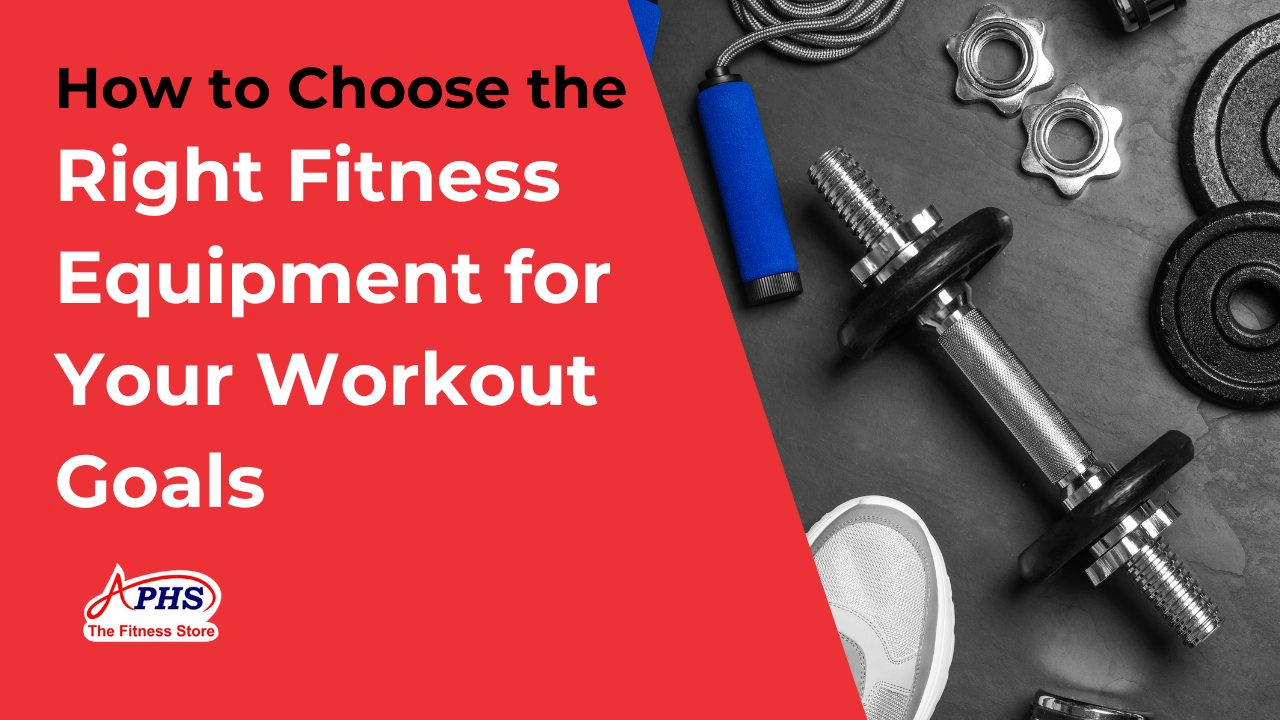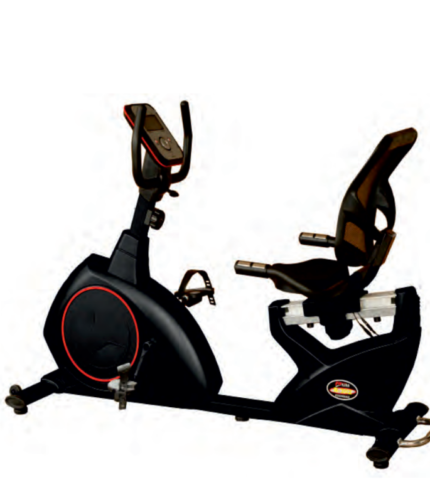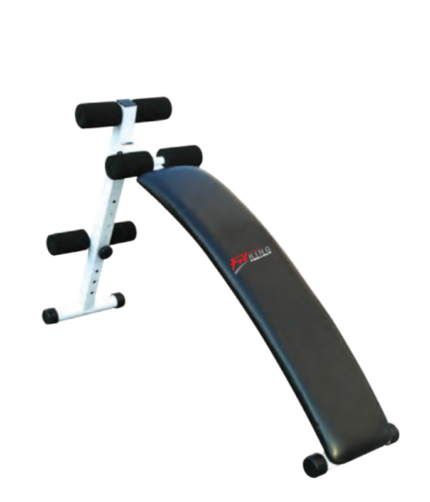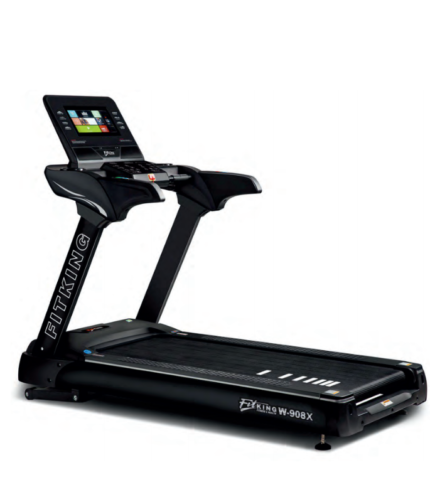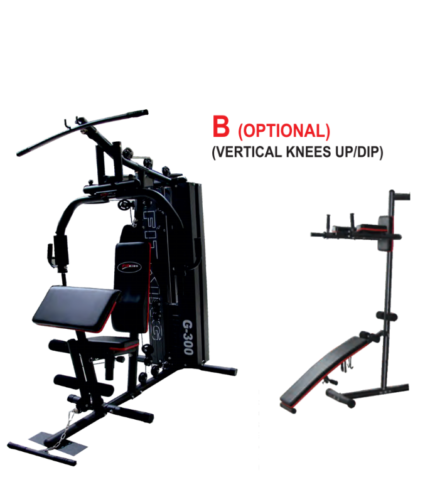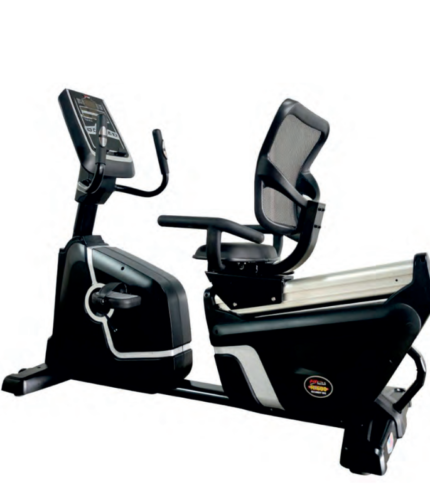In today’s health-conscious world, investing in fitness equipment for home use has become increasingly popular. Whether you’re looking to build muscle, lose weight, enhance cardiovascular health, or improve overall fitness, choosing the right equipment is crucial to achieving your workout goals. This comprehensive guide will help you navigate through the myriad of options available, ensuring that you select the best fitness equipment tailored to your specific needs.
1. Identify Your Fitness Goals
Before investing in any fitness equipment, it’s essential to clearly define your fitness goals. Your goals will dictate the type of equipment you need. Here are some common fitness objectives and the corresponding equipment recommendations:
a. Weight Loss
If your primary goal is to lose weight, you’ll need equipment that helps burn calories efficiently.
- Cardio Machines: Treadmills, stationary bikes, and elliptical trainers are excellent for high-calorie-burning workouts.
- High-Intensity Interval Training (HIIT) Gear: Equipment like jump ropes, kettlebells, and plyometric boxes can help you perform effective HIIT sessions.
b. Muscle Building and Strength Training
For building muscle and increasing strength, focus on resistance and weight training equipment.
- Free Weights: Dumbbells, barbells, and kettlebells are versatile tools for a variety of strength exercises.
- Weight Machines: Machines like the leg press, chest press, and lat pulldown provide targeted resistance training.
- Resistance Bands: These are great for adding resistance to bodyweight exercises and are particularly useful for home workouts.
c. Cardiovascular Fitness
To improve cardiovascular health, incorporate equipment that supports aerobic exercises.
- Treadmills: Great for walking, jogging, and running at various intensities.
- Stationary Bikes: Provide low-impact cardio workouts suitable for all fitness levels.
- Rowing Machines: Offer full-body cardio workouts that also engage your muscles.
d. Flexibility and Mobility
If enhancing flexibility and mobility is your goal, choose equipment that supports stretching and low-impact exercises.
- Yoga Mats: Essential for practicing yoga, Pilates, and other floor exercises.
- Foam Rollers: Useful for muscle recovery and increasing flexibility.
- Stretch Straps: Help deepen stretches and improve range of motion.
2. Assess Your Space
The amount of space available in your home will significantly influence your equipment choices. Consider the following:
a. Dedicated Home Gym Room
If you have a dedicated room for your home gym, you can invest in larger, more permanent equipment such as:
- Power Racks: Ideal for strength training with barbells.
- Treadmills and Ellipticals: Require more space but are excellent for cardio workouts.
- Weight Benches: Essential for various strength exercises and can be paired with dumbbells and barbells.
b. Limited Space
For those with limited space, opt for compact, foldable, or multi-functional equipment.
- Foldable Treadmills: Save space when not in use.
- Adjustable Dumbbells: Combine multiple weights into one set, reducing clutter.
- Resistance Bands: Easy to store and versatile for different exercises.
c. Portable Options
If you need equipment that can be easily moved or stored away, consider:
- Portable Exercise Bikes: Compact and can be easily transported.
- Jump Ropes: Require minimal space and are great for cardio.
- Suspension Trainers: Can be set up and taken down quickly, offering a full-body workout.
3. Consider Your Budget
Fitness equipment can vary significantly in price, so it’s important to set a budget before you start shopping. Here are some tips for different budget levels:
a. High Budget
If you have a high budget, you can invest in premium equipment with advanced features:
- High-End Treadmills: Models with interactive screens, extensive workout programs, and superior build quality.
- Smart Home Gyms: Systems like Tonal or Mirror offer guided workouts with real-time feedback.
- Commercial-Grade Equipment: Durable and designed for heavy use, such as power racks and cable machines.
b. Moderate Budget
With a moderate budget, you can still acquire high-quality equipment that offers good value:
- Mid-Range Treadmills: Reliable models with essential features like incline settings and heart rate monitors.
- Adjustable Dumbbells and Benches: Versatile and durable options that cater to various exercises.
- Stationary Bikes: Models with basic display screens and resistance levels.
c. Low Budget
For those on a low budget, focus on cost-effective, versatile equipment:
- Resistance Bands and Jump Ropes: Affordable and effective for various workouts.
- Basic Dumbbells: A few pairs of different weights can cover many exercises.
- Exercise Mats and Stability Balls: Inexpensive tools that enhance your workouts.
4. Research Equipment Features and Specifications
Understanding the features and specifications of fitness equipment is crucial for making an informed purchase. Here are some key aspects to consider for different types of equipment:
a. Treadmills
- Motor Power: Look for a continuous horsepower (CHP) rating of at least 2.5 CHP for running.
- Running Surface: A longer and wider belt provides more comfort, especially for taller users.
- Shock Absorption: Good cushioning systems reduce impact on your joints.
- Incline and Speed Options: Ensure the treadmill offers a range of incline levels and speeds to match your workout needs.
- Display and Programs: Interactive touchscreens and pre-programmed workouts enhance your exercise experience.
b. Stationary Bikes
- Resistance Levels: Multiple resistance settings allow for varied intensity workouts.
- Seat and Handlebar Adjustability: Ensure the bike can be adjusted for comfort and proper posture.
- Display and Connectivity: Basic models have simple displays, while advanced ones offer Bluetooth connectivity and interactive screens.
c. Dumbbells
- Material: Choose between iron, rubber-coated, or neoprene dumbbells based on your preference and usage.
- Adjustability: Adjustable dumbbells save space and offer flexibility for different exercises.
- Grip Comfort: Ergonomic handles improve comfort and prevent slipping.
d. Resistance Bands
- Resistance Levels: Different bands provide varying resistance levels, typically color-coded for easy identification.
- Durability: High-quality materials prevent snapping and ensure longevity.
- Accessories: Look for sets that include handles, door anchors, and ankle straps for a full range of exercises.
e. Rowing Machines
- Resistance Type: Choose between air, magnetic, and water resistance based on your preference for noise level and rowing feel.
- Comfort: Padded seats and adjustable footrests enhance comfort during long workouts.
- Display and Tracking: Monitors that track distance, speed, time, and calories burned help you track your progress.
5. Read Reviews and Get Recommendations
Reading reviews and seeking recommendations from fitness enthusiasts can provide valuable insights into the performance and durability of fitness equipment. Consider these sources:
a. Online Reviews
- Retail Websites: Check customer reviews on sites like Amazon, Walmart, and the manufacturer’s website.
- Fitness Forums: Participate in discussions on forums like Reddit’s r/fitness or Bodybuilding.com for unbiased opinions.
b. Professional Reviews
- Fitness Magazines and Websites: Read expert reviews from sources like Men’s Health, Women’s Health, and Fitness Magazine.
- YouTube Reviews: Watch video reviews and demonstrations to see the equipment in action.
c. Personal Recommendations
- Friends and Family: Ask people you know who have similar fitness goals about their experiences with their equipment.
- Fitness Trainers: Consult with personal trainers or fitness instructors for professional advice on the best equipment for your needs.
6. Test Before You Buy
Whenever possible, test the equipment before making a purchase. This allows you to assess comfort, functionality, and ease of use. Here’s how to go about it:
a. Visit Fitness Stores
- Try Different Models: Test various models to compare features and performance.
- Ask for Demonstrations: Sales representatives can show you how to use the equipment and highlight its features.
b. Gym Trials
- Use Equipment at Gyms: If you have a gym membership, try out different machines and weights to see what you like best.
- Request Guest Passes: Some gyms offer guest passes that allow you to try their equipment for a day or week.
7. Consider Long-Term Use and Maintenance
Investing in fitness equipment is a long-term commitment, so consider the durability and maintenance requirements of the items you purchase.
a. Durability
- Build Quality: Look for equipment made from high-quality materials that can withstand regular use.
- Warranty: Check the warranty period and what it covers. A longer warranty often indicates better quality.
b. Maintenance
- Cleaning: Regularly clean your equipment to maintain hygiene and functionality.
- Lubrication: Some machines, like treadmills, require periodic lubrication to ensure smooth operation.
- Repairs: Understand the availability of replacement parts and service options.
8. Plan Your Workout Routine
Having the right equipment is only part of the equation. Plan a workout routine that utilizes your equipment effectively to meet your fitness goals.
a. Cardio Workouts
- Treadmill Intervals: Alternate between high-intensity running and walking for an effective calorie-burning workout.
- Stationary Bike Rides: Mix steady-state rides with high-intensity sprints to improve cardiovascular fitness.
b. Strength Training
- Dumbbell Circuits: Create circuits that include exercises like squats, lunges, presses, and rows for a full-body workout.
- Resistance Band Workouts: Incorporate bands into traditional strength exercises to add resistance and improve muscle engagement.
c. Flexibility and Recovery
- Yoga Sessions: Use your yoga mat for regular stretching or yoga routines to improve flexibility and reduce muscle soreness.
- Foam Rolling: Include foam rolling in your cool-down routine to aid in muscle recovery and prevent injuries.
9. Stay Motivated
Staying motivated is key to achieving your fitness goals. Here are some tips to keep you on track:
a. Set Realistic Goals
- Short-Term Goals: Break down your long-term goals into smaller, achievable milestones.
- Track Progress: Use fitness apps or journals to record your workouts and monitor your progress.
b. Create a Workout Schedule
- Consistency: Schedule your workouts at the same time each day to build a routine.
- Variety: Mix different types of workouts to keep things interesting and prevent boredom.
c. Find a Workout Buddy
- Accountability: Working out with a friend can keep you accountable and motivated.
- Social Support: Sharing your fitness journey with others can provide encouragement and support.
10. Invest in Safety and Comfort
Safety and comfort are paramount when using fitness equipment. Ensure you have the necessary gear and setup to work out safely.
a. Proper Footwear
- Supportive Shoes: Wear shoes that provide adequate support and cushioning for your specific activities.
- Specialized Footwear: Consider shoes designed for specific workouts, such as running shoes for treadmill use or cross-trainers for varied exercises.
b. Safety Gear
- Weightlifting Gloves: Protect your hands and improve grip during strength training.
- Knee and Elbow Pads: Provide support and protection for joints during high-impact exercises.
c. Adequate Lighting and Ventilation
- Lighting: Ensure your workout space is well-lit to prevent accidents and improve focus.
- Ventilation: Proper ventilation keeps your workout area cool and comfortable, preventing overheating and dehydration.
Conclusion
Choosing the right fitness equipment for your workout goals involves careful consideration of your objectives, available space, budget, and personal preferences. By understanding the features and benefits of different types of equipment, you can make informed decisions that will help you achieve your fitness goals effectively and enjoyably.
Investing in the right equipment, planning a well-rounded workout routine, and staying motivated are key components of a successful fitness journey. Remember, the best fitness equipment is the one that aligns with your goals, fits your space, and keeps you engaged and committed to a healthier lifestyle.
Happy exercising, and here’s to a fitter, healthier you in 2024 and beyond!


